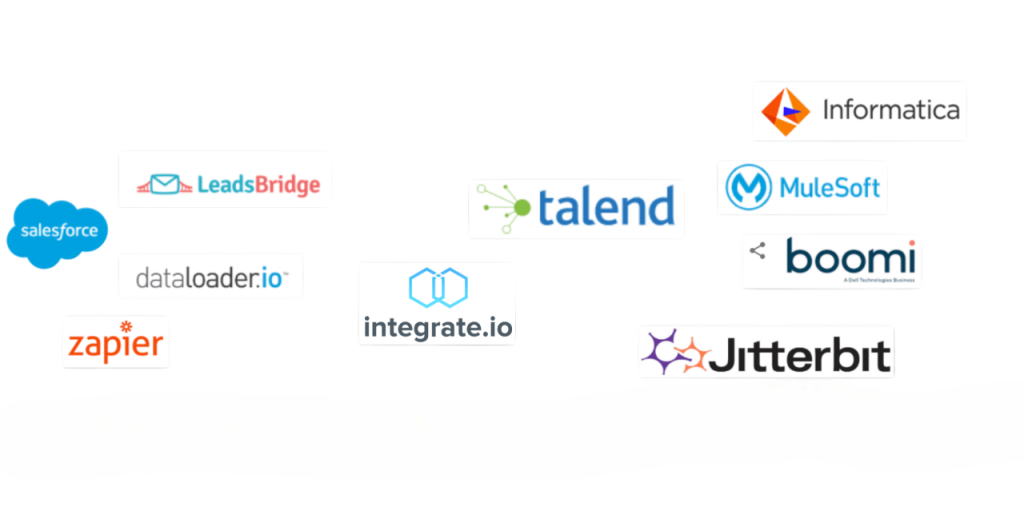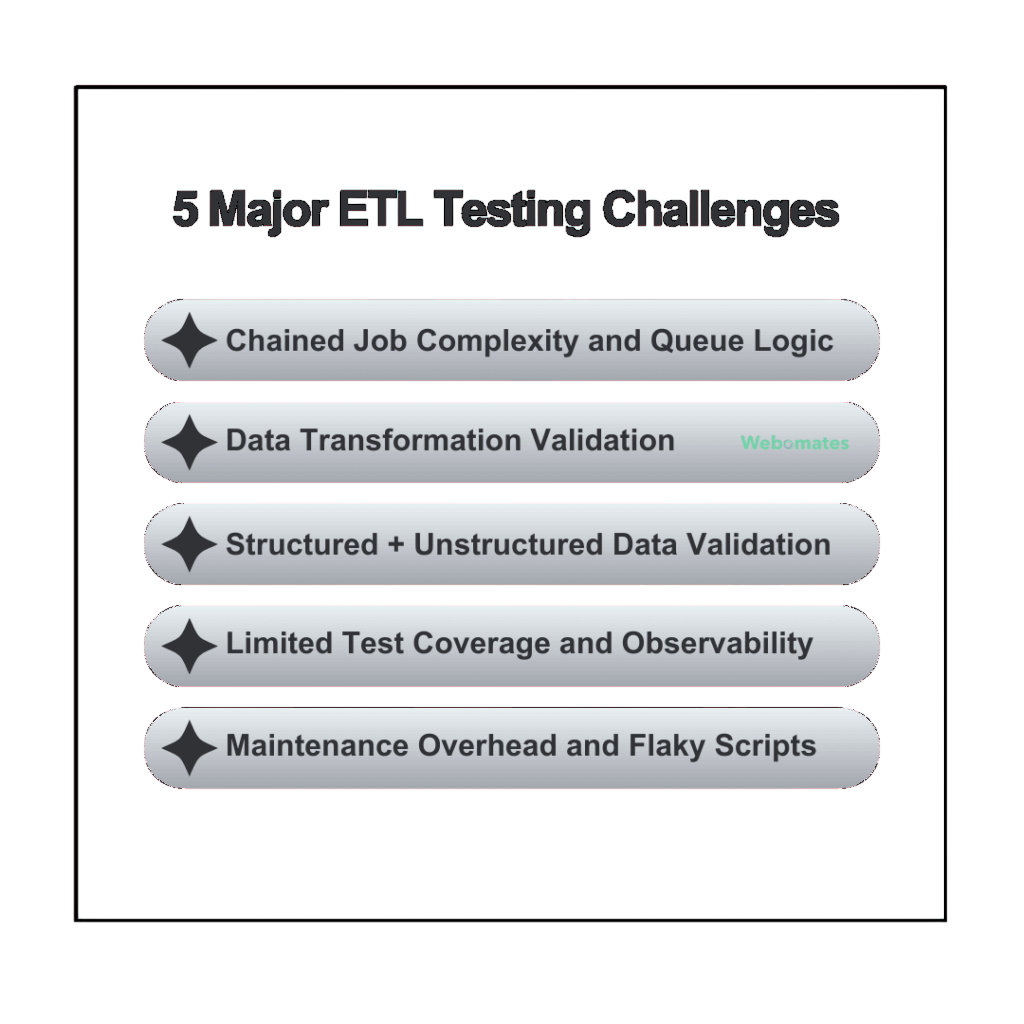
- What is ETL?
- Extract: Data Sources and Techniques
- ETL vs ELT
- Transform: Cleansing and Formatting
- ETL Tools Overview
- Load: Target Systems and Methods
- Scheduling and Automation
- ETL in Data Warehousing
- Common ETL Challenges
- Error Handling and Logs
- Real-Life ETL Scenarios
- Conclusion
What is ETL?
ETL stands for Extract, Transform, Load. It is a process used in data warehousing and data integration that involves collecting data from multiple sources, transforming it into a clean, usable format, and loading it into a target system such as a database or data warehouse. The ETL process is crucial for turning raw data into meaningful insights and is widely used in business intelligence, Machine learning training analytics, and reporting. It enables organizations to centralize their data, ensure consistency, and improve decision-making.ETL plays a foundational role in organizing and structuring big data. It ensures that disparate sources such as databases, APIs, flat files, and cloud services are unified into a single repository where data scientists and analysts can run queries, generate reports, and build models. The steps are typically automated and scheduled to keep the data updated in real-time or near real-time.
Extract: Data Sources and Techniques
Cloud systems like AWS S3, relational databases like Oracle and MySQL, NoSQL databases like MongoDB, and diverse file formats like CSV and JSON are just a few of the many sources of data that are gathered during the extract phase. Data from online services like REST APIs can also be pulled by it. There are three types of extraction methods: streaming extraction, which uses tools like Apache Kafka to collect data in real-time; incremental extraction, which only obtains new or updated data; and full extraction, which loads all data often during the initial run. In addition to maintaining data accuracy and consistency, a successful extraction procedure, using Machine Learning Techniques lessens the burden on source systems. To extract data from multiple sources, convert it into a format that can be used, and then load it into a target system, such as a data warehouse, an ETL data pipeline is necessary. To guarantee data accuracy, consistency, and availability for analysis and reporting, organisations depend on a well-designed ETL data pipeline. An ETL data pipeline facilitates better decision-making across company operations and increases efficiency by automating data flows.
ETL vs ELT
ETL (Extract, Transform, Load) and ELT (Extract, Load, Transform) are two approaches to data integration. While they perform similar functions, they differ in the sequence and execution of the transformation process.
- ETL performs data transformation before loading it into the target system. This approach works best with traditional relational databases and on-premise data warehouses. It allows more control over transformation and supports structured, validated data.
- ELT, on the other hand, loads raw data directly into the target system and performs transformation inside the data warehouse. This approach is better suited for modern cloud platforms like BigQuery or Snowflake that are optimized for large-scale processing.
| Feature | ETL | ELT |
|---|---|---|
| Transformation | Before loading | After loading |
| Performance | Depends on external tools | Utilizes power of DWH |
| Storage | Transformed before storage | Raw data stored first |
| Use Cases | Legacy systems, structured data | Big data, cloud DWH |
| Tools | Informatica, Talend, SSIS | BigQuery, Snowflake, ADF |
Choosing between ETL and ELT depends on the architecture, scalability needs, and the nature of the data processing involved.
Ready to Get Certified in Machine Learning? Explore the Program Now Machine Learning Online Training Offered By ACTE Right Now!
Transform: Cleansing and Formatting
The process of transforming unstructured data into an orderly, clean format that is prepared for analysis is called transformation. This includes a number of crucial processes, such as data cleansing (removing duplicates and correcting errors), data normalisation (converting data into consistent formats, such as dates or currencies), data aggregation (summarising information by calculating totals or averages), data mapping (matching data from various sources to a common structure), and business rule application to make the data useful for decision-making. These procedures aid in preparing the data for analysis and ensuring its accuracy and dependability. Scripts, SQL, or specialised ETL tools, as well as techniques like Bagging vs Boosting in Machine Learning are frequently used for this activity. During the data integration process, ETL transformation techniques are essential for transforming unstructured data into a comprehensible format. Organisations can guarantee high-quality and consistent data for analysis by implementing several ETL transformation techniques, such as filtering, aggregating, and data cleansing. Gaining proficiency in efficient ETL transformation techniques methods facilitates precise, data-driven decision-making and data pipeline optimisation.
ETL Tools Overview
ETL tools simplify the design, execution, and monitoring of ETL processes. Common ETL tools include:

- Informatica PowerCenter: Enterprise-grade platform with strong transformation capabilities.
- Apache NiFi: Open-source tool for building data pipelines with a graphical UI.
- Microsoft SSIS: Integrates seamlessly with SQL Server, ideal for Microsoft environments.
- Talend Open Studio: Offers both free and paid versions, great for SMEs.
- Apache Airflow: Python-based orchestration tool to manage complex workflows.
These tools come with features like job scheduling, monitoring, error handling, and connectors to various data sources.
To Explore Machine Learning in Depth, Check Out Our Comprehensive Machine Learning Online Training To Gain Insights From Our Experts!
Load: Target Systems and Methods
Loading moves transformed data into the target storage system, which could be used for Machine learning training analytics, or reporting.
- Data Warehouses: Amazon Redshift, Snowflake, Google BigQuery.
- Data Lakes: Azure Data Lake, AWS Lake Formation.
- Relational Databases: PostgreSQL, SQL Server, Oracle.
- BI Tools: Tableau, Power BI, Qlik. Types of Loading:
- Full Load: Overwrites existing data with new data.
- Incremental Load: Adds only new or changed records.
- Batch Load: Loads data in scheduled intervals.
- Real-Time Load: Continuous ingestion for up-to-date analytics.
Efficient loading ensures that analytical systems have up-to-date data with minimal latency.
Scheduling and Automation
ETL pipelines are typically scheduled to run at specific intervals or triggered by events, with key components including Naive Bayes Theorem .
- Schedulers: Tools like Apache Airflow, Cron, Azure Data Factory.
- Triggers: File drop, database event, or API call.
- Dependencies: Ensuring tasks run in the correct order.
- Monitoring: Alert systems to flag job failures or performance issues.
- Scalability: As data volume grows, ETL pipelines can become bottlenecks.
- Data Quality: Incomplete or incorrect data can cause analysis errors.
- Performance: Slow jobs can delay reporting and decision-making.
- Complexity: Multiple dependencies and transformations complicate maintenance.
- Monitoring & Logging: Lack of visibility makes it hard to detect failures.
- Data Governance: Tracking lineage and applying compliance policies.
- Retail Analytics: A global retailer extracts data from online and in-store POS systems. The data is transformed to include calculated KPIs like average basket size and customer retention, and loaded into a data warehouse used by business analysts.
- Healthcare: A hospital network integrates patient data from EMR systems and wearable devices. ETL ensures that patient history, diagnosis codes, and vitals are standardized for analysis and compliance.
- Banking: A financial institution aggregates transaction records, applies fraud detection rules during transformation, and updates dashboards for real-time monitoring.
- Marketing Campaigns: An agency pulls social media, CRM, and ad performance data into a central store.
Automation enhances reliability, reduces human error, and ensures timely data availability.
ETL in Data Warehousing
Because ETL makes sure that data is reliable, consistent, and accessible, it is essential to data warehousing. Data from several transactional systems is combined and arranged into dimensional models, such as snowflake or star schemas. Before the data reaches the end users, ETL applies business rules and prepares the data for Splunk Security ML BI tools, and dashboards. Data warehouses would be disorganised and unreliable without ETL, which might result in bad choices and resource waste.
Common ETL Challenges
ETL processes are powerful but not without challenges:

Mitigating these issues requires good architecture, automated testing, and clear documentation.
Looking to Master Machine Learning? Discover the Machine Learning Expert Masters Program Training Course Available at ACTE Now!
Error Handling and Logs
In order to preserve data integrity and facilitate speedy recovery in the event of issues, effective error handling is crucial. This entails applying retry logic to automatically repeat unsuccessful actions and use try-catch blocks to handle problems during data conversions. While alarms and notifications notify the team right away if a job fails, logging systems capture timestamps, Course Curriculum for Machine Learning and success and failure messages. Audit logs also aid with traceability and data lineage tracking. When combined, these error handling and logging procedures are essential for system maintenance, troubleshooting, and regulatory compliance.
Real-Life ETL Scenarios
Transformation includes lead scoring and segmentation for targeted campaigns.
Preparing for Machine Learning Job Interviews? Have a Look at Our Blog on Machine Learning Interview Questions and Answers To Ace Your Interview!
Conclusion
ETL remains a vital component in modern data architecture. It enables organizations to bring order to chaos by transforming raw, scattered data into valuable insights. With the shift toward cloud and real-time systems, ETL processes are evolving but continue to underpin data analytics, Machine learning training reporting, and business intelligence. A well-designed ETL strategy supported by powerful tools and guided by best practices can make data the most valuable asset of any organization.



